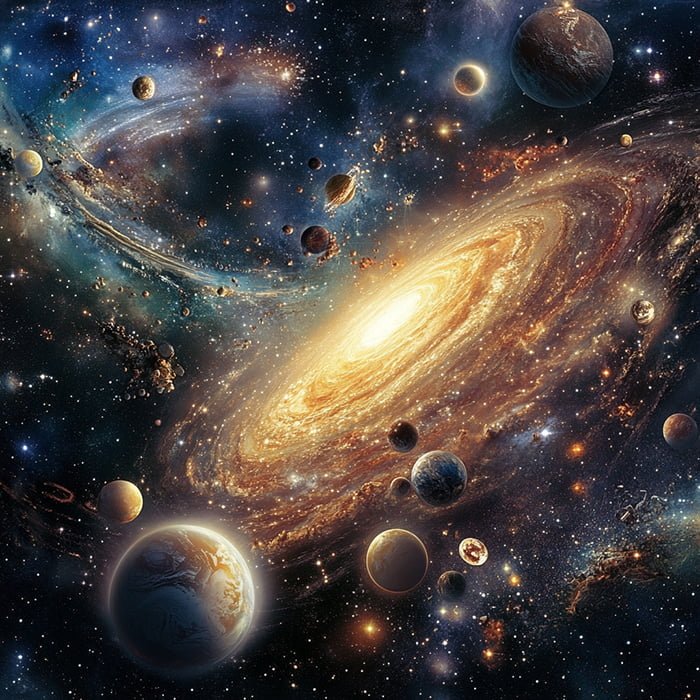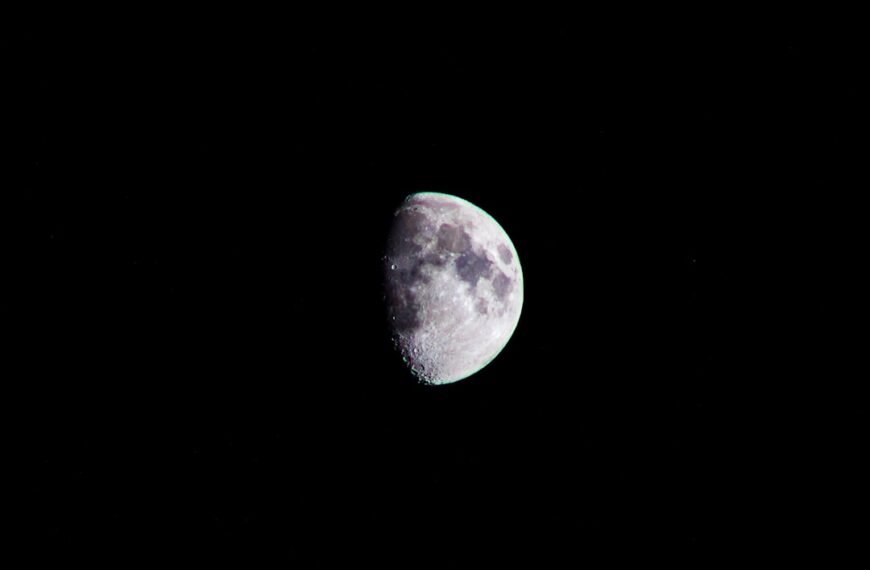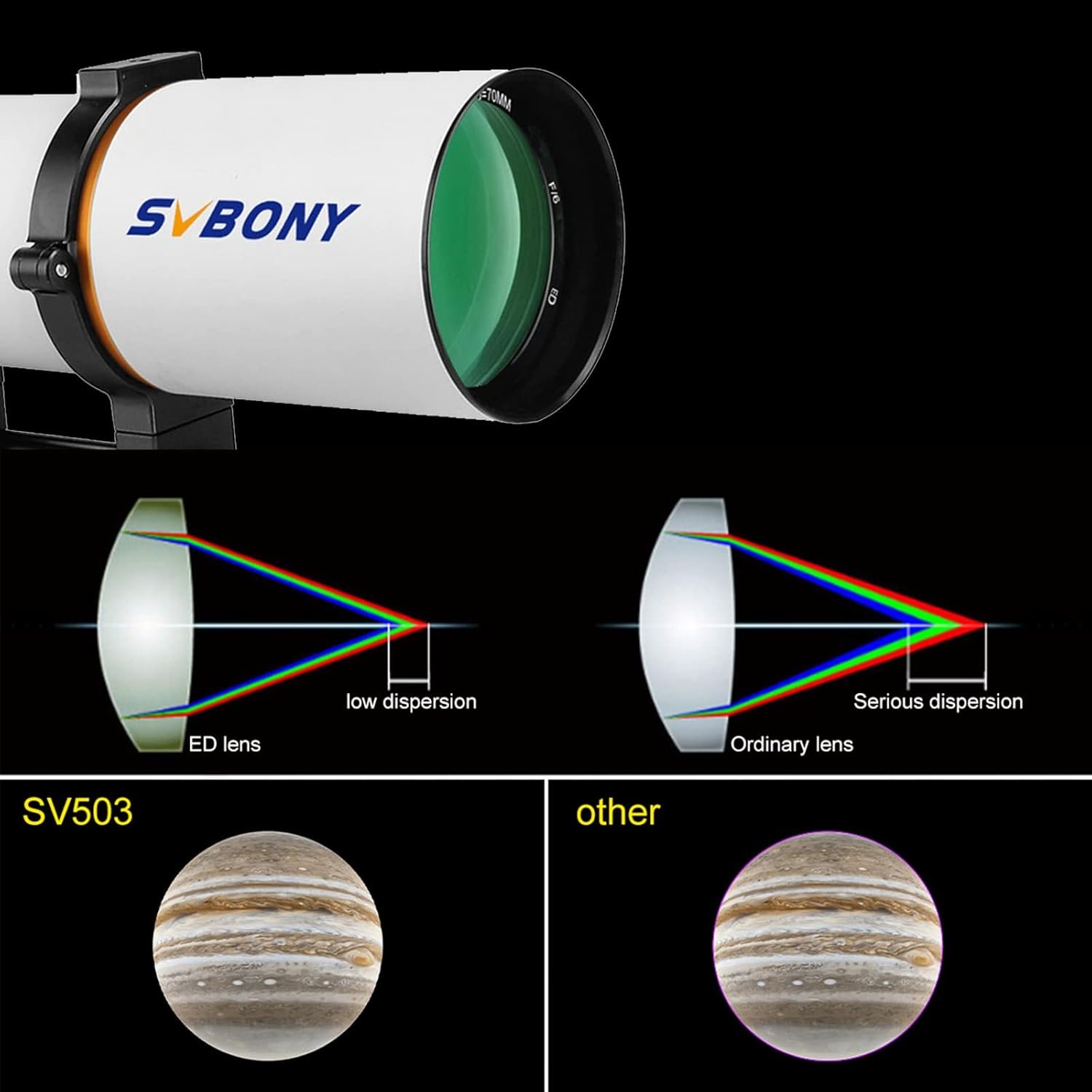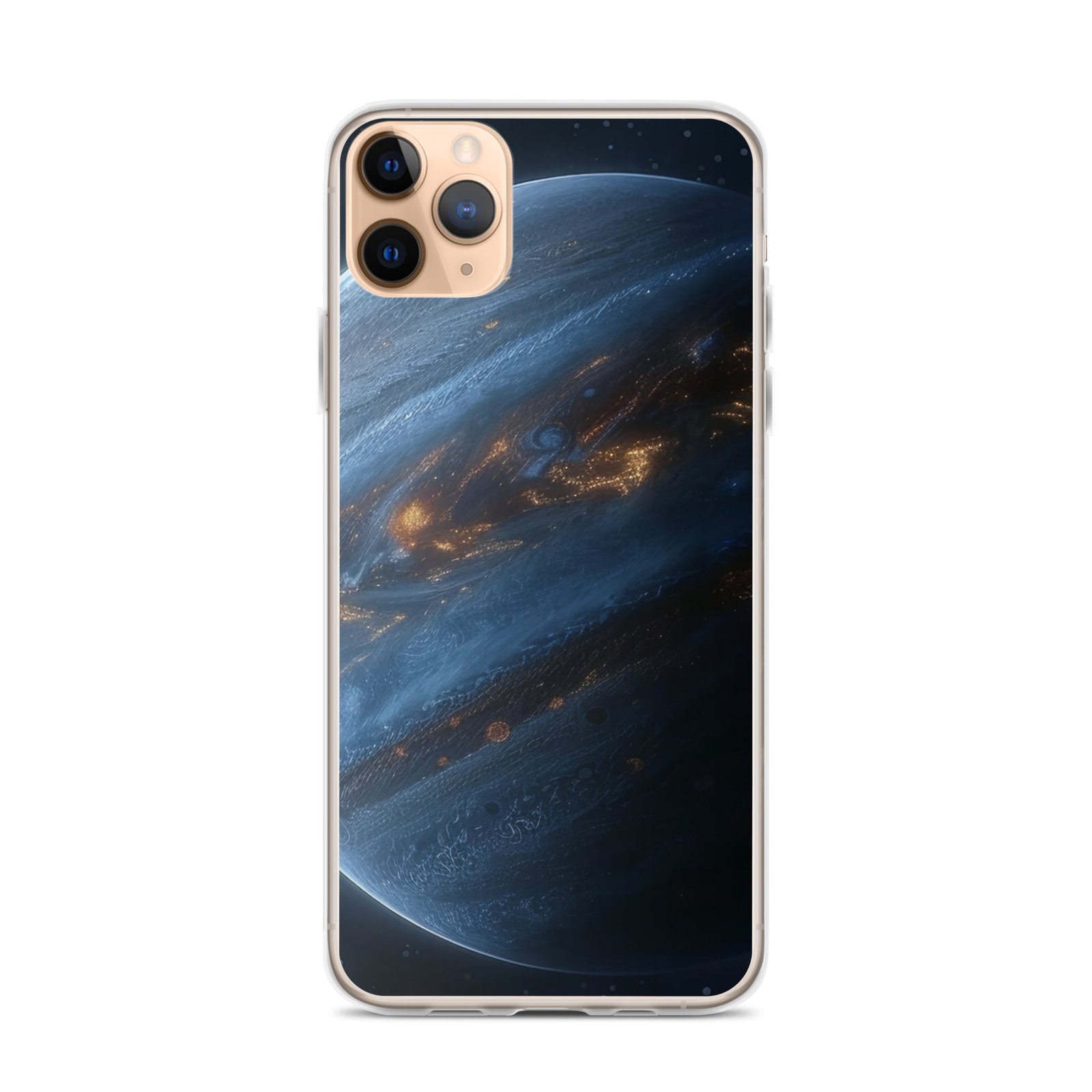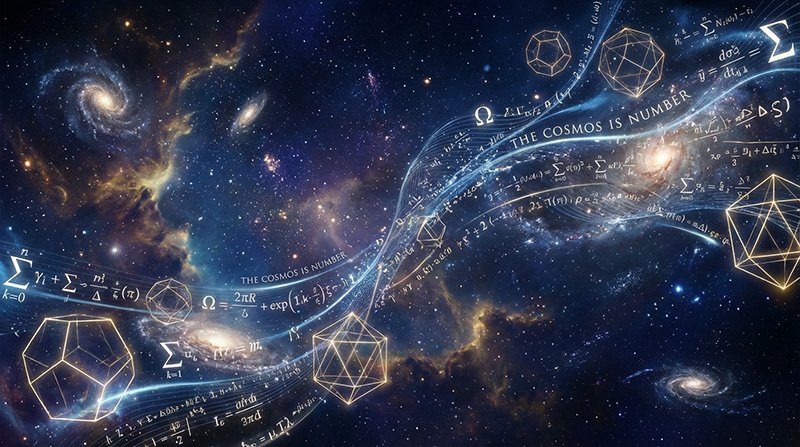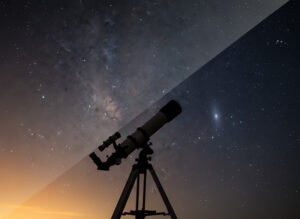Key Points Summary
- Space is a three-dimensional continuum that forms the backdrop for all physical events and is often considered with time as part of a four-dimensional spacetime.
- Historical perspectives on space include absolute and relational views, with significant contributions from philosophers and scientists like Aristotle, Descartes, Newton, and Leibniz.
- Modern understanding of space incorporates non-Euclidean geometries and Einstein’s theories of relativity, which describe gravity as the warping of spacetime.
- Space is an almost perfect vacuum, nearly void of matter, with extremely low pressure, and contains bits of gas, dust, and other matter.
- Distances in space are measured in light-years, and space exploration continues to expand our understanding of the universe.
- Dark matter and dark energy are significant components of the universe, with dark matter making up about 80% of the universe’s mass and dark energy driving its accelerated expansion.
Introduction
Space is a fundamental concept in physics and cosmology, encompassing the vast, seemingly infinite expanse that exists beyond the Earth’s atmosphere. This report synthesizes key points from various sources to provide a comprehensive understanding of space, its properties, and its significance in different scientific disciplines.
The Nature of Space
Space is a three-dimensional continuum that contains positions and directions, forming the backdrop against which all physical events occur. Modern physicists often consider space together with time as part of a four-dimensional continuum known as spacetime. This concept was significantly advanced by Albert Einstein’s theories of relativity, which unified space and time into a single construct.
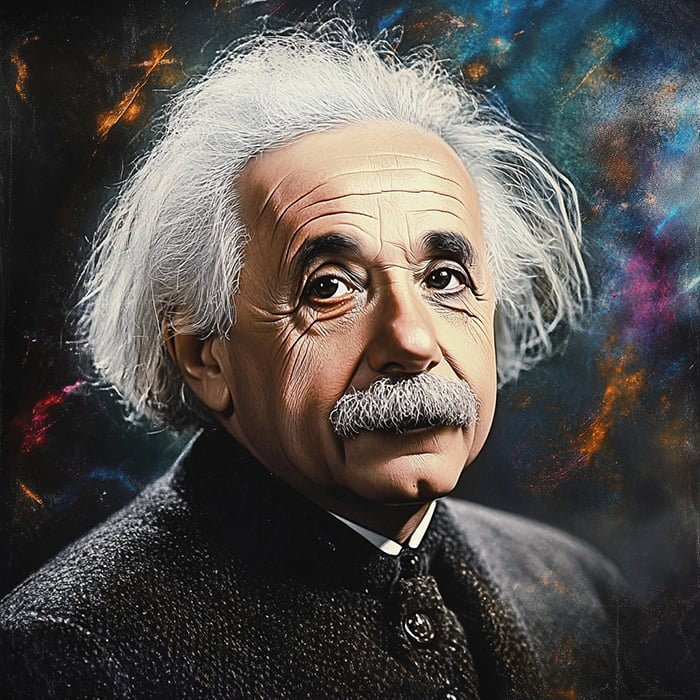
Historical Perspectives
The nature and essence of space have been debated since antiquity, with significant contributions from philosophers and scientists such as Aristotle, Descartes, and Newton. Newton’s concept of absolute space, which he described as a rigid, three-dimensional Euclidean space, was a pivotal development in classical mechanics. In contrast, Leibniz proposed a relational view of space, emphasizing the relationships between objects rather than space as an independent entity.

Modern Understanding
In the 19th and 20th centuries, mathematicians began exploring non-Euclidean geometries, where space is curved rather than flat. This paved the way for Einstein’s general theory of relativity, which describes gravity as the warping of spacetime by massive objects. General relativity has been experimentally validated and remains a cornerstone of modern physics.
Physical Properties of Space
Space is an almost perfect vacuum, nearly void of matter and with extremely low pressure. This vacuum state means that sound cannot travel through space due to the lack of molecules to transmit sound waves. Despite being mostly empty, space contains bits of gas, dust, and other matter, which can coalesce to form stars, planets, and galaxies.
Measurement and Exploration
Distances in space are measured in light-years, the distance light travels in one year, approximately 5.8 trillion miles (9.3 trillion kilometers). The Kármán line, located about 62 miles (100 kilometers) above sea level, is commonly considered the boundary where outer space begins. Space exploration missions, such as those by NASA and other space agencies, continue to expand our understanding of the universe.
Dark Matter and Dark Energy
A significant portion of the universe’s mass, about 80%, is thought to be dark matter, an unknown form of matter that does not emit light or energy. Additionally, dark energy is believed to be responsible for the accelerated expansion of the universe, although its exact nature remains a mystery.
Latest Discoveries in Space Exploration
The past year has witnessed numerous groundbreaking astronomical records being shattered, from the sun’s powerful gamma rays to the detection of the most ancient supermassive black hole. These discoveries encompass a wide range of phenomena, including celestial explosions, distant radio bursts, and the behavior of celestial bodies within our solar system and beyond.
Notable Discoveries
- The High-Altitude Cherenkov Observatory (HAWC) detected gamma rays from the sun with energies of about a trillion electronvolts (1 TeV) and nearly 10 TeV, surpassing previous records.
- The Vela pulsar within the Vela supernova remnant emitted gamma rays pushing 20 TeV, challenging existing understanding of electron acceleration in strong magnetic fields.
- The detection of the most distant fast radio burst (FRB) ever recorded, traveling through space for 8 billion years, provides insights into the nature of these enigmatic cosmic phenomena.
- NASA’s Ingenuity helicopter on Mars achieved its longest flight, showcasing the success of this experimental mission.
- The James Webb Space Telescope (JWST) detected the most distant supermassive black hole known to exist, shedding light on the early universe and the rapid growth of these enigmatic cosmic entities.
Conclusion
Space is a complex and multifaceted concept that has evolved significantly over centuries of scientific inquiry. From the early philosophical debates to the modern theories of relativity and quantum mechanics, our understanding of space continues to grow. Ongoing research and exploration promise to uncover even more about this vast and intriguing expanse.
Importance of This Article
This article is important because it provides a comprehensive overview of the concept of space, integrating historical perspectives, modern scientific understanding, and the latest discoveries in space exploration. It teaches us about the fundamental nature of the universe, the evolution of scientific thought, and the ongoing quest to understand the cosmos. By exploring these topics, readers can gain a deeper appreciation for the complexities of space and the advancements that continue to shape our knowledge of the universe.

